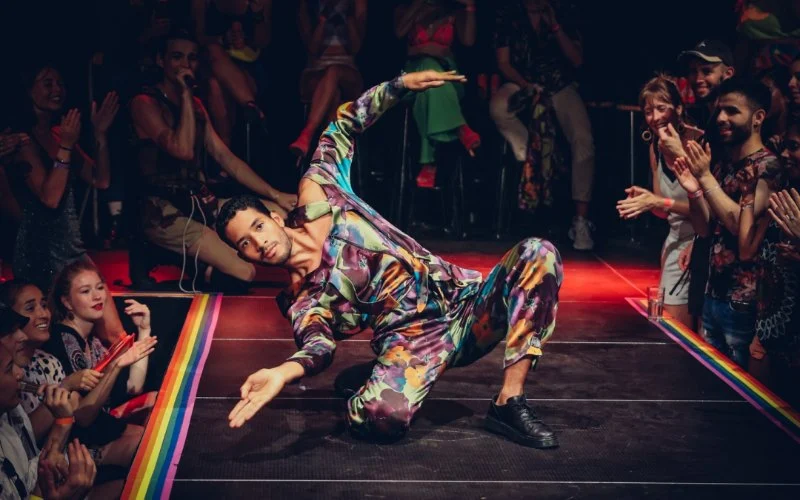
What is Voguing? The Houses and Ballroom Scene
- The Origins of Voguing and the Rise of Ballroom Culture
- Understanding the “Houses” in the Ballroom Scene
- Different Styles of Voguing and Their Meanings
- The Modern Ballroom Scene and Its Cultural Impact
- Learn Voguing at Creative Edge Dance Studio
1. The Origins of Voguing and the Rise of Ballroom Culture
Voguing is more than a dance — it’s a movement. Emerging in the 1960s Harlem ballroom scene, it was created by Black and Latinx LGBTQ+ communities as a form of self-expression, empowerment, and resistance against social exclusion. Named after the poses found in Vogue magazine, voguing combines elegance, attitude, and storytelling through sharp, angular movements and expressive poses.
Ballroom culture gave marginalized individuals a place to belong. Participants would “walk” in elaborate competitions that celebrated fashion, beauty, and performance. These balls were not just about dancing but also about identity — a safe space where people could live their truth without judgment.
The movement gained mainstream attention in the late 1980s and early 1990s thanks to Madonna’s song “Vogue” and the documentary Paris Is Burning, which offered a glimpse into the struggles and artistry of ballroom life. Yet, voguing remains deeply rooted in the LGBTQ+ community that gave birth to it, maintaining its cultural depth and authenticity.

The Little Gym of Pearland / little gym pearland
9607 Broadway St, Pearland, TX 77584, USA
2. Understanding the “Houses” in the Ballroom Scene
In the ballroom world, “Houses” function as chosen families. These groups are led by “Mothers” and “Fathers” — experienced performers who mentor younger members known as “Children.” Each House becomes a support system, guiding members both in dance and in life, especially for those who may not have acceptance at home.
Houses often carry the name of iconic fashion brands or legendary figures, symbolizing glamour and unity. Examples include the House of Xtravaganza, House of LaBeija, and House of Ninja. Competitions between Houses are fierce but filled with love, creativity, and mutual respect. Winning a category at a ball brings not just personal pride but also honor to one’s House.
Beyond competition, Houses embody community values — mentorship, solidarity, and self-expression. They stand as a powerful example of how marginalized groups can build family and structure out of resilience and creativity.
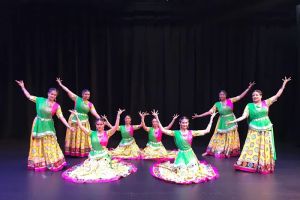
Studio Dhoom - Dance & Fitness / studio dhoom
22621 Amendola Terrace #120, Ashburn, VA 20148, USA
3. Different Styles of Voguing and Their Meanings
Voguing has evolved into several distinct styles, each representing a unique era and energy. Understanding these helps dancers appreciate the culture’s depth and the artistry behind each movement.
3.1 Old Way
Old Way, the earliest form of voguing, emphasizes geometry, precision, and symmetry. Inspired by ancient Egyptian art and martial arts poses, it’s about clean lines and control. Dancers strike dramatic poses with confidence and grace, embodying the essence of perfection and pride.
3.2 New Way
New Way is more flexible and athletic. Dancers use sharp arm movements, contortions, and complex patterns that require high coordination. This style focuses on control and precision, blending the discipline of gymnastics with the drama of fashion poses.
3.3 Vogue Fem
Vogue Fem is the most expressive and flamboyant style, celebrating femininity and fluidity. It includes five main elements: hand performance, catwalk, duckwalk, floor performance, and spins and dips. Each element tells a story — from soft, graceful gestures to dramatic, high-energy dips that leave audiences in awe. Vogue Fem embodies empowerment and self-love through movement.
Each of these styles contributes to the larger culture of ballroom performance, reminding us that voguing isn’t just a dance form — it’s an artful statement of identity and liberation.
4. The Modern Ballroom Scene and Its Cultural Impact
Today, ballroom culture and voguing have expanded far beyond their Harlem roots. They’ve influenced mainstream media, fashion, and even social movements. Shows like Pose and competitions such as Legendary on HBO Max have brought ballroom into the global spotlight, while still paying homage to the community that created it.
Yet, for many within the scene, voguing remains sacred — a reminder of resilience, creativity, and pride. Modern Houses continue to host balls across the U.S. and internationally, celebrating diversity, artistry, and acceptance. The dance itself has evolved to incorporate modern music, digital performance spaces, and global collaboration, proving that voguing is as dynamic as ever.
From New York to Los Angeles, dancers continue to push boundaries, blending traditional styles with contemporary flair. Voguing workshops and dance studios across the country are introducing new generations to this vibrant art form, ensuring its legacy endures.
5. Learn Voguing at Creative Edge Dance Studio
If you’re inspired to experience voguing firsthand, Creative Edge Dance Studio offers classes designed to teach the foundations of this iconic dance form. Students learn not just technique, but also the history, emotion, and storytelling that make voguing so powerful.
Whether you’re a beginner looking to build confidence or a dancer wanting to explore a new style, voguing offers a creative outlet for self-expression and empowerment. Creative Edge Dance Studio provides a safe, inclusive space where every performer can embody their own version of “realness.”
Join a community that celebrates individuality, artistry, and movement — and discover why voguing continues to captivate audiences and inspire dancers around the world.
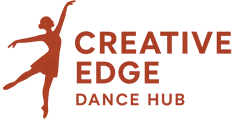
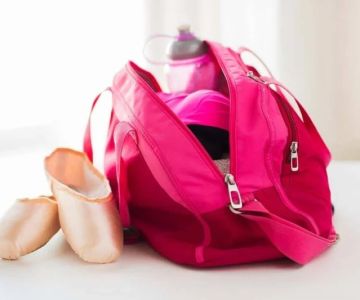
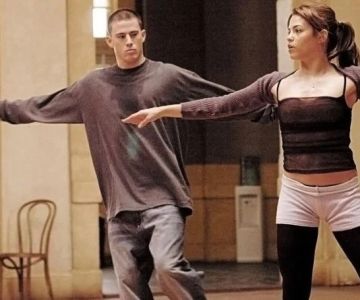
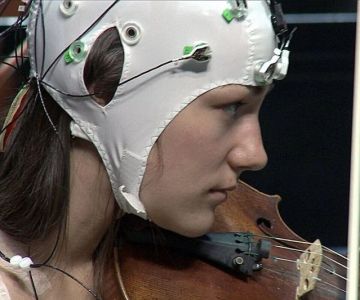
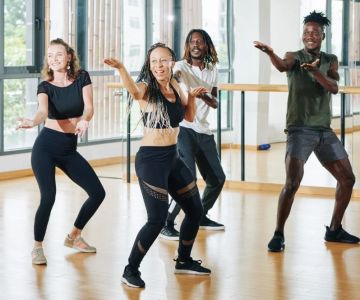

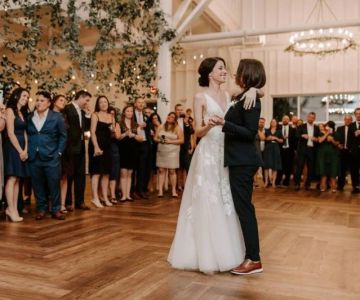
 Rising Stars Performing Arts Academy5.0 (18 reviews)
Rising Stars Performing Arts Academy5.0 (18 reviews)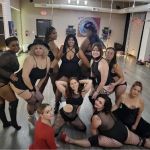 Yahyahlicious Divas5.0 (8 reviews)
Yahyahlicious Divas5.0 (8 reviews) Boni's Dance & Performing Arts Studio Inc4.0 (26 reviews)
Boni's Dance & Performing Arts Studio Inc4.0 (26 reviews) Elevé Dance Company0.0 (0 reviews)
Elevé Dance Company0.0 (0 reviews)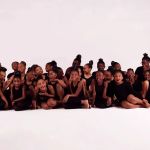 Rare Diamonds And Gems Dance Company5.0 (2 reviews)
Rare Diamonds And Gems Dance Company5.0 (2 reviews)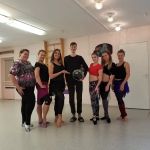 Dalida Bellydance5.0 (3 reviews)
Dalida Bellydance5.0 (3 reviews) What is a Dance Workshop and Should You Take One? | Benefits of Dance Workshops
What is a Dance Workshop and Should You Take One? | Benefits of Dance Workshops What to Eat Before and After a Dance Class for Optimal Energy – Best Foods for Dancers
What to Eat Before and After a Dance Class for Optimal Energy – Best Foods for Dancers The Best Ways to Recover Your Body After an Intense Dance Class
The Best Ways to Recover Your Body After an Intense Dance Class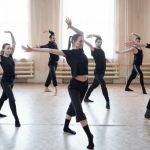 How to Build Endurance for Full-Length Dance Classes | Expert Tips & Strategies
How to Build Endurance for Full-Length Dance Classes | Expert Tips & Strategies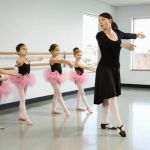 How to Track Your Dance Progress Beyond Just Learning Routines
How to Track Your Dance Progress Beyond Just Learning Routines How Dance Apps Improved My Skills: A Personal Journey and What Worked for Me
How Dance Apps Improved My Skills: A Personal Journey and What Worked for Me